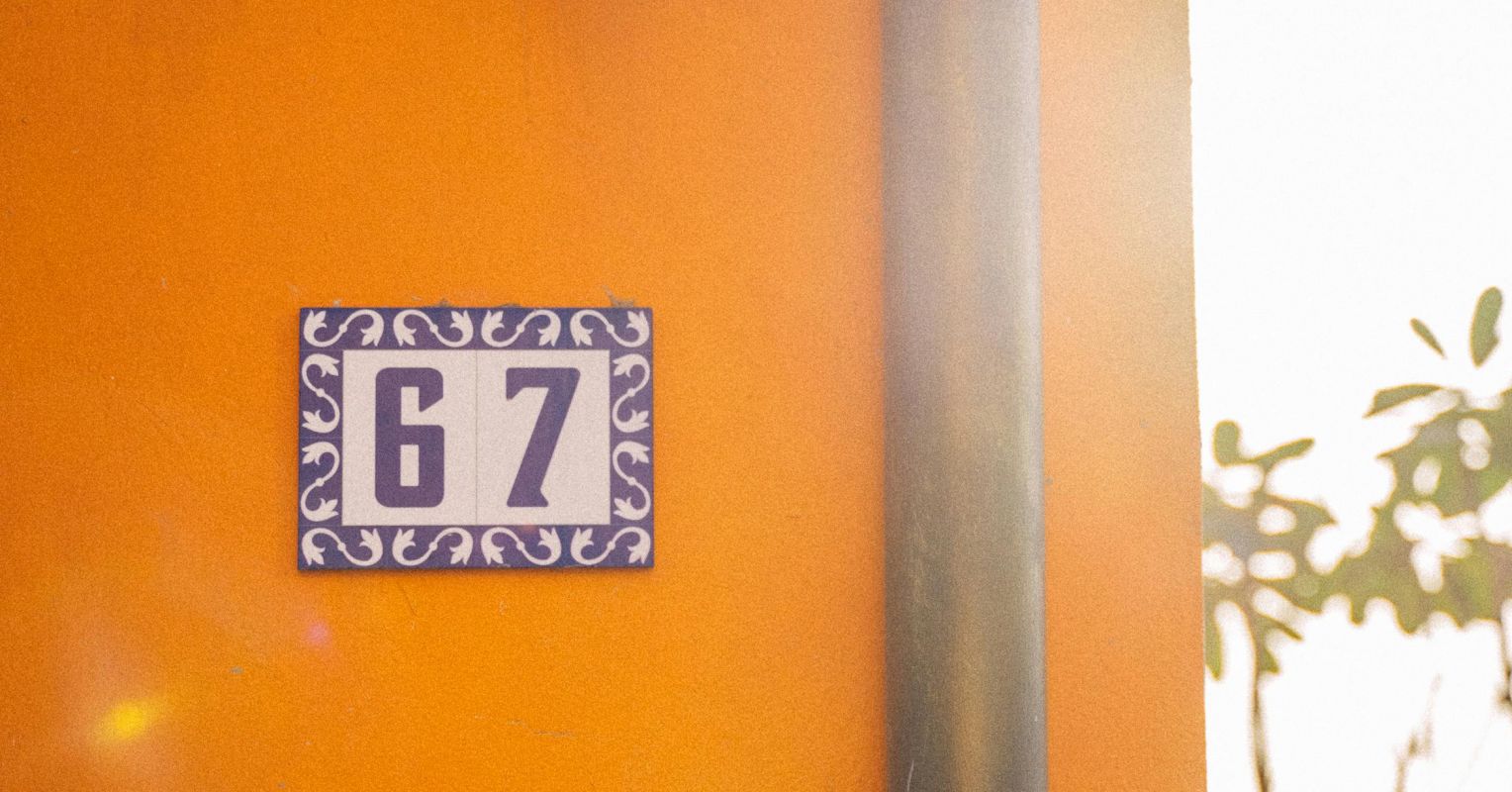
"It started with a number. Two, actually. Six and seven. My nieces said it like a chant, a reflex, a call and response that I could not decode. "Six seven," they'd say, palms up, moving their hands in a small rhythmic gesture that looked part prayer, part shrug. And everyone around them laughed. When I asked what it meant, they said it didn't mean anything. Which, of course, meant everything."
"But the one that stayed with me was 6-7. It wasn't even a word, just two numbers and a gesture, a kind of linguistic handshake that said: I'm in. When I pressed them for meaning, they laughed. One said it came from a rap lyric about a basketball player's height. Another said it came from a TikTok meme. But no one could tell me definitively what it meant. They just said, "It's a thing. Everyone's doing it.""
"I realized then that the meaning didn't matter. What mattered was the participation. To say "6-7" was to prove you were part of the joke, part of the moment. You weren't explaining it; you were embodying it. When I was their age, slang had definitions. Rad meant good. Bogus meant bad. Even whatever could be explained. But 6-7 operates differently. It isn't about meaning; it's about belonging. It's a gesture of inclusion that doubles as a barrier. You either get it or you don't."
It started as a rhythmic chant—two numbers, six and seven—used with a small hand gesture. The phrase lacked a stable definition; explanations ranged from a rap lyric about a basketball player's height to a TikTok meme, but no definitive meaning existed. The phrase functions as a participatory marker: using it signals membership and inclusion rather than conveying information. Attempts by outsiders to adopt it felt performative and were politely received. Unlike older slang with clear definitions, 6-7 operates as a social handshake that both includes those who "get it" and excludes those who do not.
Read at Psychology Today
Unable to calculate read time
Collection
[
|
...
]